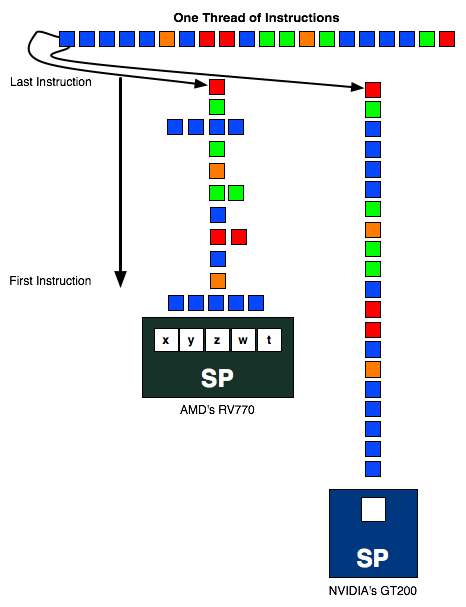HurleyBird
Platinum Member
- Apr 22, 2003
- 2,814
- 1,550
- 136
Which is still demonstratably false with all the reviews showing the GTX 480 as beating the 5870 in games, while having the theoretical fillrate disadvantage.
-snip- none of this stuff please. -KP
EDIT: KP: Ok fair enough, but if you want to snip this you may as well snip the rest of the posts in this particular discussion!
You can get your points across in better ways. If you can't, you will not participate in this thread. There is no room and more importantly, no reason for anything else in this requested heavily moderated thread. If you are determined to make a comeback comment, it would be your last in this thread. -KP
EDIT: Sure, I'll let it go then. Might shoot you a PM later.
But yeah, card with the highest fillrate being the fastest is merely coincidental here, as a theoretical Fermi dual chip card (assuming it's even possible to dissipate that much power in such a small area) would be king with lower fillrate.
Last edited:





